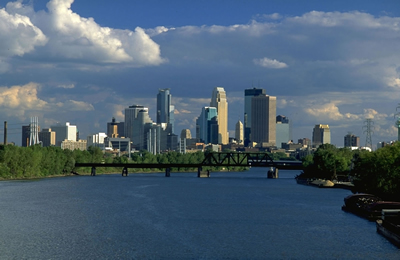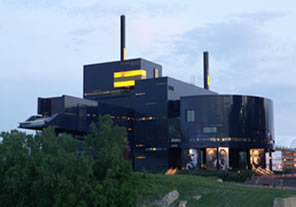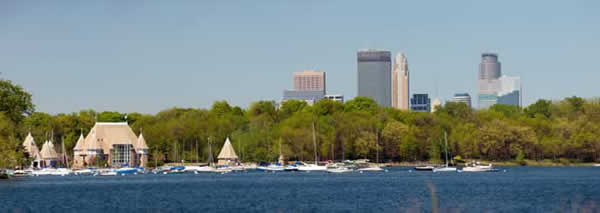There are a number of lakes in the region, and cities in the area have a very extensive park system for recreation. The Minneapolis chain of lakes are a couple miles from Abbott Northwestern hospital, and are accessible via the Midtown Greenway that runs next to the hospital complex. The Twin Cities are home to the Scenic Grand Rounds that manifests itself as America’s most important urban scenic byway. It is a system of scenic byways connected by over 50 miles of paths for running, biking, hiking, and cross-country skiing.
Northern Minnesota holds the Boundary Waters Canoe Area Wilderness and great cities such as Duluth that are full of outdoor activities year-round. Hiking, camping, and backpacking is abundant in northern Minnesota, but also close to the metro area.

There are several local sports organizations such as City Sports Connection, that provides organized recreational teams and events.
Outdoor activities do not hibernate during the winter months in Minnesota. Winters are full of activities such as the Saint Paul Winter Carnival, snowshoeing, ice hockey, boot hockey, cross-country and downhill skiing, ice skating on many local lakes, ice fishing, and many others.











